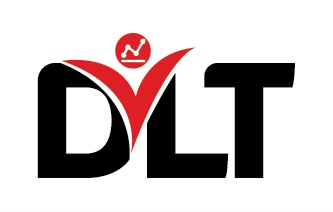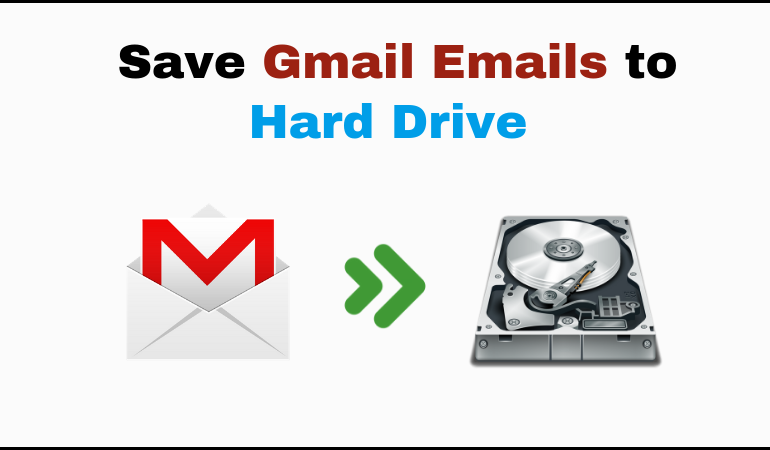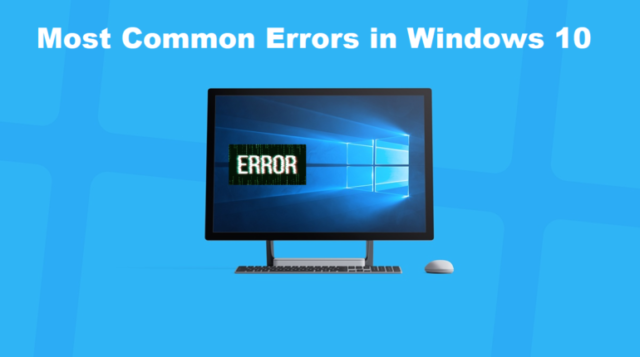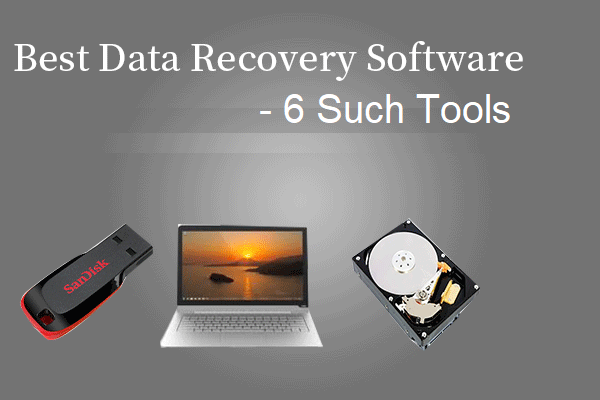
Best Data Recovery Software – Choose from the List of 6 Tools
There are many free software available to retrieve data but finding best data recovery software among them. Don’t worry this post will help you out by listing best tools available based on features, price, compatibility, output accuracy, etc. Lets us dive deep!
A lot of people go searching for tools that they can use to get some of their deleted or lost data back. However, they find plenty.
And deciding which one is the best for them is a puzzler.
So many of the tools claim to be the best but are not the same as suggested when they are used.
Because of that, many people don’t trust ever the right tools and get annoyed.
But here, you will be given a list of 6 of tried and tested tools so you can choose the best data recovery tool for Windows.
The files that you have lost or accidentally deleted are not gone permanently. These are still present somewhere in your hard drive and you can get them back.
This is why it is important to have the best tool at hand. If other tools are not able to recover your files, there is a chance that they may tamper with them and remove them from the hard drive as well.
Thus, using faulty tools can definitely prove to be useless.
Read More: Best Photo Recovery Software
Why Use the Best Data Recovery Software? Reasons for Loss of Files
It is not important that you lose files because of your fault only. Many other errors are included in accidental deletion or loss of data.
Majorly, hardware failures can lead to deletion of important data which you can recover by using the best tool only. These take up to 43% of graph if we talk about data loss.
Apart from that, human errors take about 30% of this percentage.
Then comes software corruption at 12%, computer viruses at 7%, theft at 5%, and other reasons at 3%. If you want, you can also restore BAK files to get the data back.
You can choose best data recovery tool for Windows OS from the list given below:
- EaseUs
- Puran
- Glarysoft
- Wise
- Restoration
- iCare
Let’s start with the first one.
1. EaseUs – Tool to Get All Your Data Back and Restore Later
This EaseUs Data Recovery Review shows that it has an interface similar to the Internet Explorer so it will be familiar to many users.
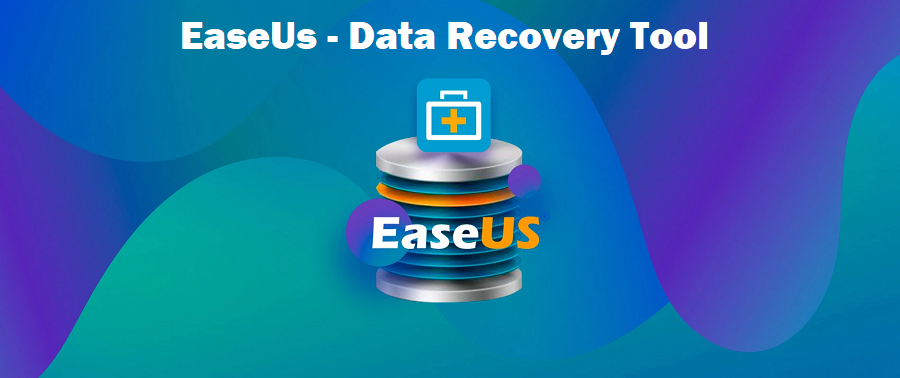
You can recover your files from hard drives, optical drives, cameras, etc. It is basically everything that Windows see fit to store files.
Check out the pros and cons of the tool.
Pros:
- It is the best data recovery software because it keeps scan of the backup files which you can use to restore files later.
- Sort data by file type, name, or the deleted date
- Browse the folders like in Internet Explorer
- Review files before restoring
Cons:
- Only 2 GB of data is recoverable for free
- Portable version is not available
User Experience: This turned out to be a great tool for to recover my data files from my hard drive. My hard drive got corrupted and a lot of my data was deleted. However, I got it back with this tool and the Internet explorer interface was just a happy coincidence.
2. Puran – Best Data Recovery Tool for Windows
The Puran file recovery review explains that it can easily scan any drive that the Windows see fit to store data in. With that, it is a very easy-to-use tool and provides plenty of advanced options.

This tool is also capable of recovering the partition data if it has not been overwritten yet.
Now, about the pros and cons.
Pros:
- View the list of lost files in two ways.
- Portable version is available
- Recover from NTFS & FAT12/16/32 systems.
Cons:
- Not for commercial/business use
- No updates since 2016
User Experience: For personal use, this is the best tool available. I had a bunch of files that I lost from my personal laptop and using this tool, I got all of them back with a few clicks only.
3. Glarysoft – Best Data Recovery Tool With User-Friendly Interface
There are lot of options provided by this tool and is very easy to use as explained in the Glarysoft file recovery review. It has a user-friendly interface, can scan the deleted files and recover the ones you choose.
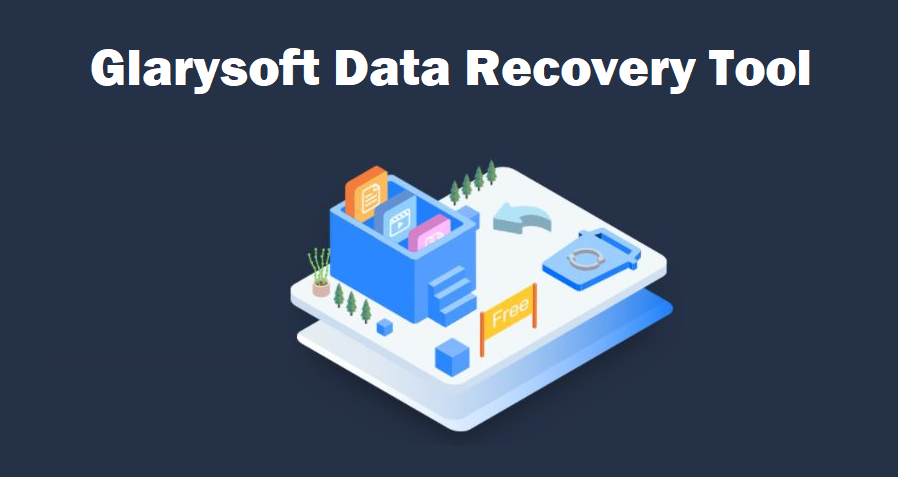
If you need to pause the process in between, there is an option for that as well.
Pros:
- Easy and user-friendly way to view the list of deleted files.
- Option to recover and save files to desired folder
Cons:
- Not portable so installation is necessary
- Attempts to install another program made during setup
- File recoverability odds are not shown
User Experience: Best data recovery tool for Windows is Glarysoft. I could filter my data by file type, keywords, size, and time-deleted. Useful enough to recover data to any desired folder.
4. Wise – Another Amazing Tool Explained
It is possible to use the portable version as well as download the tool. Learn everything about the tool in detail in the Wise Data Recovery Review and then, install this software and search for the deleted files.
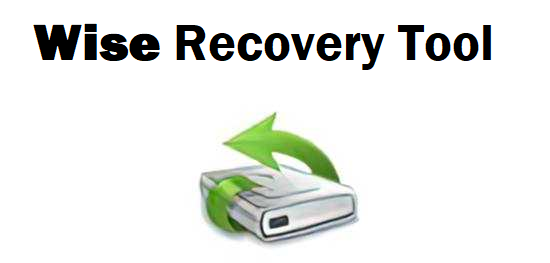
You can search from the deleted files that the software finds and recover any of those files as required.
It can work on USB devices such as memory cards and other devices.
Pros and cons of the best data recovery software.
Pros:
- Quick scan for deleted files
- Portable version also available
- Full scan of files also provided
Cons:
- Original structure is not maintained
- Files may not be usable even after recovering
User Experience: For me, the tool has worked wonders. I lost about 2 folders consisting of at least 2,000 files each. The quick scan feature because of the search made it a lot easier for me to recover only the files that I require. I didn’t even have to install the tool.
5. Restoration – Name Suggests it to be the Best Data Recovery Tool for Windows
Just like the other recovery tools, Restoration review shows that the tool works the same.
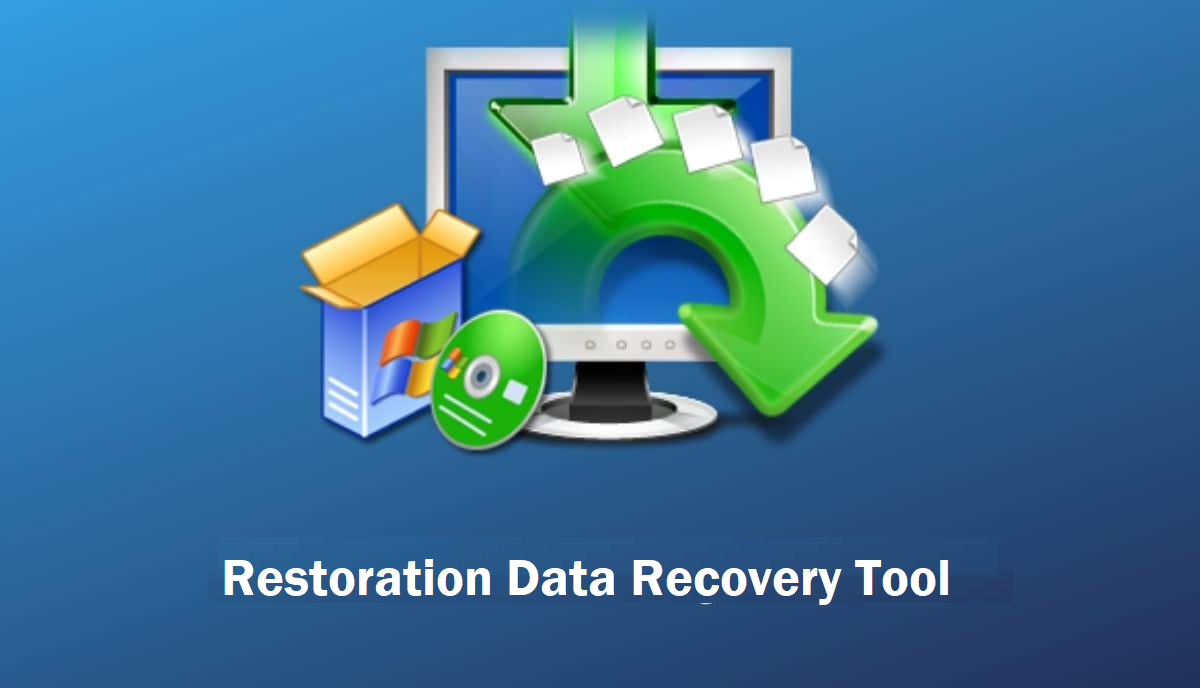
However, it is a pretty easy tool to use. There are no cryptic buttons or complicated procedures to recover the lost files.
It is possible to recover files from USB drives, hard drives, memory cards, etc.
This is a small in size tool and does not need to be installed. You can use it on a floppy disk or USB drives.
The pros and cons of the tool are as follows:
Pros:
- Best tool to recover data is pretty easy to use
- You get the portable version
- Multiple ways to sort the data
- Option to search for empty deleted files
- Can overwrite the deleted files
Cons:
- Works on Windows XP (doesn’t work on newer versions)
- Useful for single files, cannot recover a folder altogether
- No data on how recoverable the files are
User Experience: The only thing that I wish this tool had is recovery of multiple files or a folder at once. It was helpful for me because I had about 10-15 files that I needed to recover. Otherwise, easiest tool available out there and works quite good.
6. iCare – Best Software to Use for Recovery
The two options for scanning files explained in the iCare data recovery review are Quick Scan and Advanced Scan proving to be the best data recovery software.
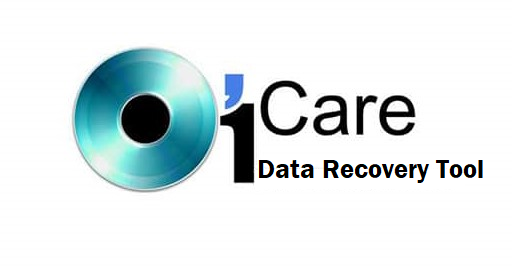
With the Quick Scan feature, you may not be able to get all the deleted files. But with the Advanced Scan, it is easy to scan deeply for every deleted file and recover them.
Another amazing feature of this tool is that you can browse for your files by the thumbnail view and check which one you want to recover.
More: If you want an open-source software to use, read about the PhotoRec Recovery Review.
Now, let’s take a quick look at the pros and cons of another best data recovery tool for Windows.
Pros:
- Preview the files
- Offers a portable version
- Search for the required files
- Multiple file types available
Cons:
- Interface is a bit outdated
- No option to pause and resume the scan
User Experience: With the Advanced Scan feature of this tool, I found all the files that I had to urgently retrieve. Thankfully I could check see the thumbnails of these files, made it super easy.
End of the Blog
If you ever lose your data because of any reason, it is important that you use the best data recovery software available so that you can get your hands on your important data. Such tools are mentioned in this blog for you to work with.
All of these are tried and tested for you so that it is easier for you to choose the software that best meets your requirements. It is necessary to know the advantages and disadvantages of a tool before using it. Thus, all the pros and cons of every tool are mentioned along with them.
